#endangered animal
Note
jaguar!
Oo, fun.

Jaguars are actually the cat with the strongest bite relative to their size, strong enough to crush the animal's skull that they're hunting without much effort. Even scarier, they choose to just kill and eat caiman because they're abundant in their ecosystem. You know, this thing.

Because they like to snack on caiman, it would be obvious that they're not adverted to water. In fact, they love it and use it often to cool off. They like it more than tigers, who are often known to also hang out in water sources.

'Black panthers' are actually just a jaguar with melanism. They're not a separate species of big cat, though it's commonly mistaken. Leopards with melanism are also called a black panther. Again, it's still just a different coat pattern mutation.

Jaguars are one of the 4 cats that can truly roar. Others, like cheetahs cannot do this because the hyoid bone is completely ossified. With jaguars, leopards, lions and tigers, their epihyoideum is stretchy and allows them to roar, though it revokes their ability to purr. (whereas it's the other way around in other cats)
They're also near threatened, very close to being on the endangered species list because of habitat destruction and poaching.
Hope this was as fun for you as it is for me! Images have links to their sources.
40 notes
·
View notes
Photo
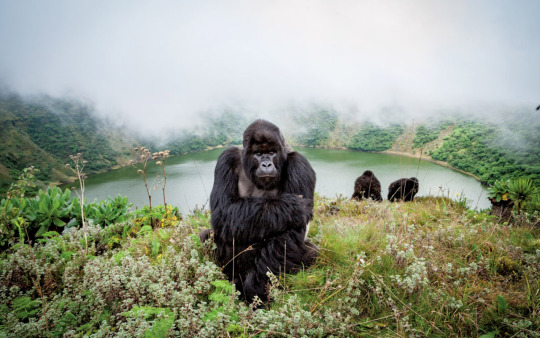
One of the last refuges for mountain gorillas is Rwanda’s Volcanoes National Park, where nearby Singita Kwitonda Lodge is helping to protect the endangered animals through habitat restoration.
PHOTOGRAPH BY CHRIS WHITTIER
#chris whittier#photographer#mountain gorillas#national geographic#rwanda#volcanoes national park#singita kwitonda lodge#endangered animal#habitat restoration#nature#ape#gorillas
68 notes
·
View notes
Photo
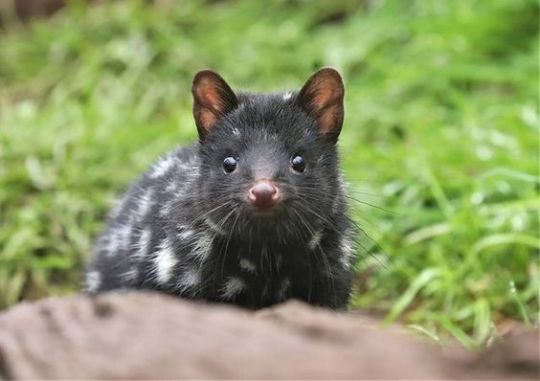
Eastern Quoll
📸Aussie Ark
2 notes
·
View notes
Text
"In one of Africa’s last great wildernesses, a remarkable thing has happened—the scimitar-horned oryx, once declared extinct in the wild, is now classified only as endangered.
It’s the first time the International Union for the Conservation of Nature (IUCN), the world’s largest conservation organization, has ever moved a species on its Red List from ‘Extinct in the Wild’ to ‘Endangered.’
The recovery was down to the conservation work of zoos around the world, but also from game breeders in the Texas hill country, who kept the oryx alive while the governments of Abu Dhabi and Chad worked together on a reintroduction program.
Chad... ranks second-lowest on the UN Development Index. Nevertheless, it is within this North African country that can be found the Ouadi Rimé-Ouadi Achim Faunal Reserve, a piece of protected desert and savannah the size of Scotland—around 30,000 square miles, or 10 times the size of Yellowstone.
At a workshop in Chad’s capital of N’Djamena, in 2012, Environment Abu Dhabi, the government of Chad, the Sahara Conservation Fund, and the Zoological Society of London, all secured the support of local landowners and nomadic herders for the reintroduction of the scimitar-horned oryx to the reserve.
Environment Abu Dhabi started the project, assembling captive animals from zoos and private collections the world over to ensure genetic diversity. In March 2016, the first 21 animals from this “world herd” were released over time into a fenced-off part of the reserve where they could acclimatize. Ranging over 30 miles, one female gave birth—the first oryx born into its once-native habitat in over three decades.
In late January 2017, 14 more animals were flown to the reserve in Chad from Abu Dhabi.
In 2022, the rewilded species was officially assessed by the IUCN’s Red List, and determined them to be just ‘Endangered,’ and not ‘Critically Endangered,’ with a population of between 140 and 160 individuals that was increasing, not decreasing.
It’s a tremendous achievement of international scientific and governmental collaboration and a sign that zoological efforts to breed endangered and even extinct animals in captivity can truly work if suitable habitat remains for them to return to."
-via Good News Network, December 13, 2023
#chad#abu dhabi#north africa#rewilding#endangered species#conservation#zoology#conservation biology#oryx#good news#hope#texas#big game#animals#endangered#environmentalism#environmental science#zoo#zoos#zoo animals
24K notes
·
View notes
Text
conservation for little white boys
Little white boys are becoming an endangered species in this trying time. We need to raise money for little white boys before they die out as a species
#conservation#endangered#endangered animal#white boy#little white boy#sad#emotional#original mungeater content#original#art
1 note
·
View note
Text
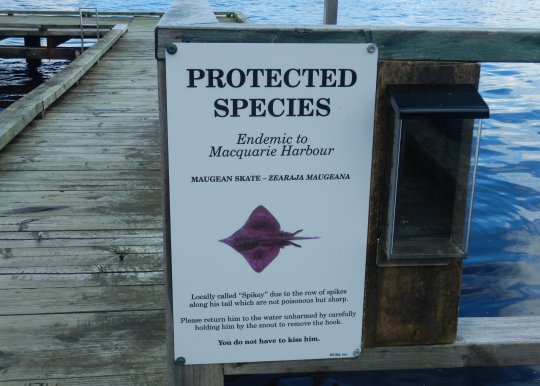

whag if i want to (macquarie harbour july 23)
eta the maugean skate is extremely endangered and facing immediate extinction and the government is the damn fucking liberals and they will not do anything about it. idk what any random people from across the world can do about it but im screaming crying sobbing begging for help
#whag if i want to#tjhe way they literally ONLY live in this one harbour... like whatever it is on that one rock#my photos#maugean skate#sea animals#endangered animals#tasmania#lutruwita#popular#i knew you people would love this#greatest hits#extinction studies
19K notes
·
View notes
Text

BREAKING: New Jaguar Just Dropped!
A Center for Biological Diversity analysis of a trail camera detection by wildlife enthusiast Jason Miller confirms we have a new jaguar in Arizona, making it the 8th jaguar documented in the U.S. Southwest in the past 3 decades.
The rosette pattern on each jaguar is unique, like a human fingerprint, and it enables identification of specific animals. The pattern shows this jaguar is not Sombra or El Jefe, two jaguars who have roamed Arizona in recent years.
Jaguars once lived throughout the American Southwest, with historical records on the South Rim of the Grand Canyon, the mountains of Southern California and as far east as Louisiana. But they virtually disappeared from this part of their range over the past 150 years, primarily due to habitat loss and historic government predator control programs intended to protect the livestock industry.
Read more: https://biodiv.us/3RORtQp
8K notes
·
View notes
Text
A study that just came out demonstrates that outdoor cats are known to prey on over two thousands species of wild animal, from mammals to birds to insects. That includes 347 species that are endangered, threatened or otherwise of concern, and they've been a key factor of the permanent extinction of over 60 species. And while cats may not always bring home what they catch, chances are if your cat is allowed to roam unsupervised outside, they're killing your local wildlife.
Why is this so important? Worldwide, wild animal populations have decreased in number by 69% in the past fifty years; that means that in my lifetime (born in 1978), the sheer number of wild animals in the world has been decreased by over half. Even "common" wild species are less numerous than before. While habitat population is the single biggest cause of species endangerment and extinction overall, outdoor and indoor/outdoor cats are a significant cause as well. In fact, they are the single biggest cause of human-caused mortality in wild birds.
Most importantly, it's very, very simple to fix this problem: keep your cats indoors, and spay and neuter them. If your cat is bored, they need more enrichment, and there are plenty of ways to make your home more exciting for them, from bringing home cardboard boxes for them to explore, to playing with them more often. If you want your cat to get some outdoor enrichment, leash train them (yes, it can be done!) If you have the space and resources, build them a catio where they can be safe from outdoor dangers like predators and cars, while also keeping local wildlife safe from them.
If you just give into their whining and pawing at the door, then they know that that's what they have to do to get their way; I know it's a tough transition, but it's worth it in the end for everyone involved. Cats are domesticated, which means they are not native anywhere in the world; there are exactly zero ecosystems in which they belong, save for the safety of your home. It is your responsibility to give them an enriching environment without taking the shortcut of letting them go wreak havoc outside.
#cats#outdoor cats#feral cats#nature#wildlife#animals#ecology#environment#conservation#science#scicomm#birds#endangered species#extinction#domesticated animals#domestication#biology#animal behavior#animal welfare
8K notes
·
View notes
Text
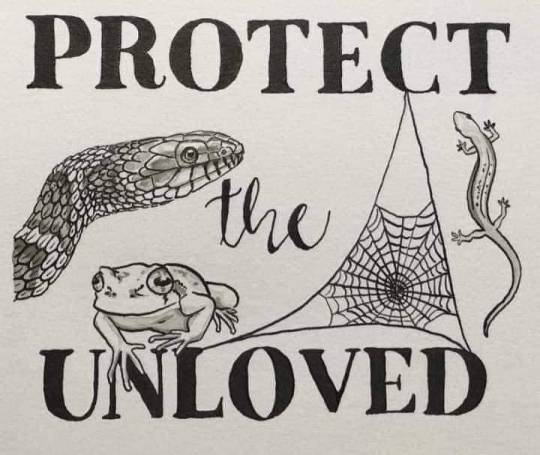
#environment#animals#snakes#frogs#newts#amphibians#endangered#love#extinct#conservation#nature#stolen#true#reptiles#spiders#arachnids
19K notes
·
View notes
Text


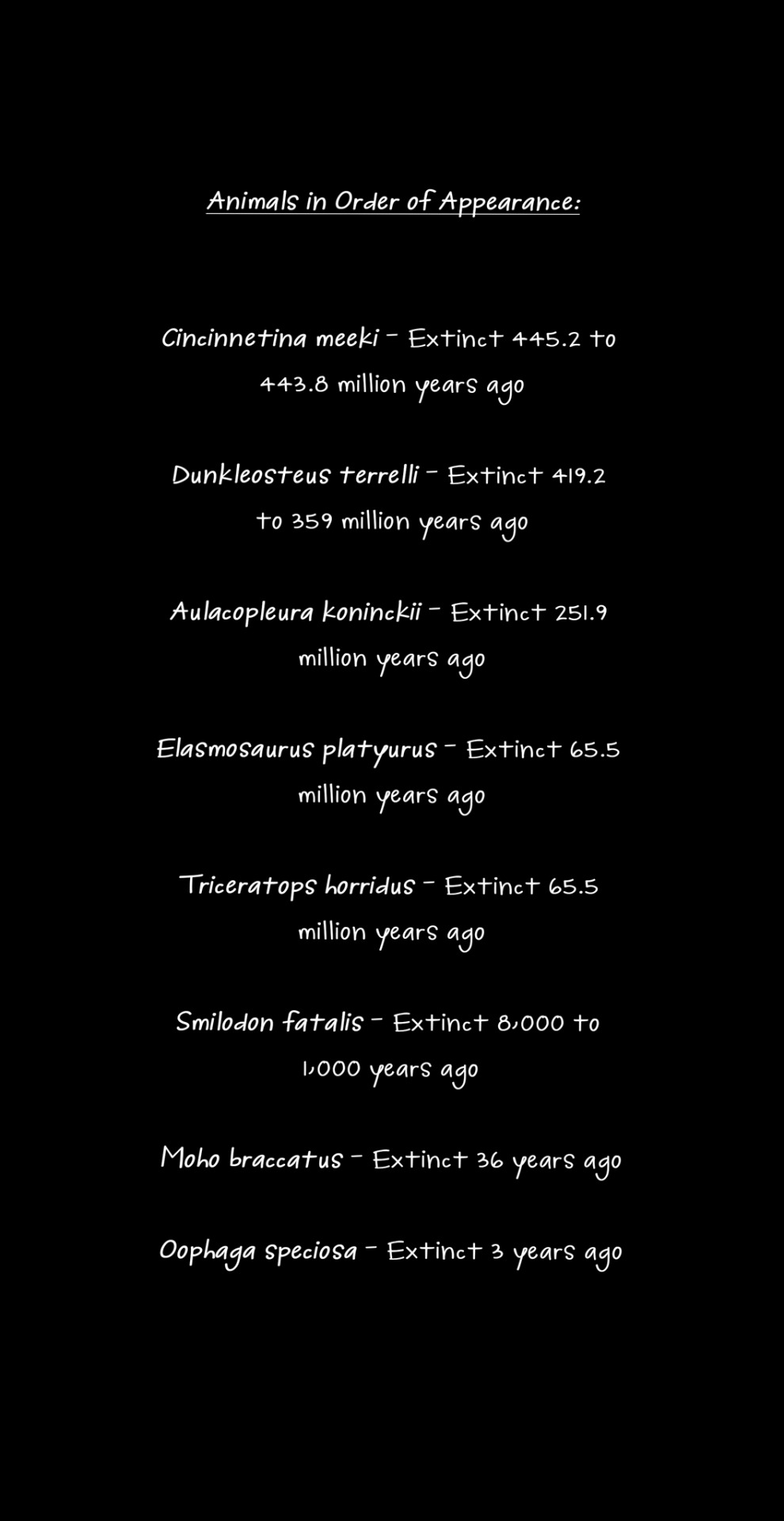

text from porter robinson's "goodbye to a world"
every single animal in this comic is extinct. it's not too late for the ones that are left.
edit: thanks @mudcrabmassacre for the correction, smilodon fatalis did not in fact go extinct in 1023 AD. the actual prediction is around 10,000 years ago - I think i may have missed a zero or two.
#comic#art#environment#conservation#animals#extinct species#fossils#climate change#dinosaurs#ancient life#endangered species#endangered animals#comics#artists on tumblr#digital art#digital comic#my-art
10K notes
·
View notes
Video
youtube
Cute Indian Star Tortoise , Endangered Species , Mysore Zoo , Mysore To...
#youtube#Tortoise#Star TOrtoise#Endangered Animal#Reptile#Herbivore#Mysore Zoo#Protective Hard External Shell#Long Life Span#Walks Slowly#lives On Land
0 notes
Text
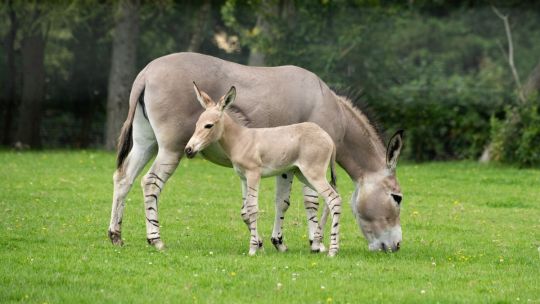
The African wild ass foal was born at Marwell Zoo in the U.K. on Aug. 20.
(Image credit: Marwell Zoo)



1K notes
·
View notes
Text
I love how saiga antelopes have the biggest, saddest, wettest, most pathetic eyes behind that epic snoot
like sir that's not a beast it's a blorbo
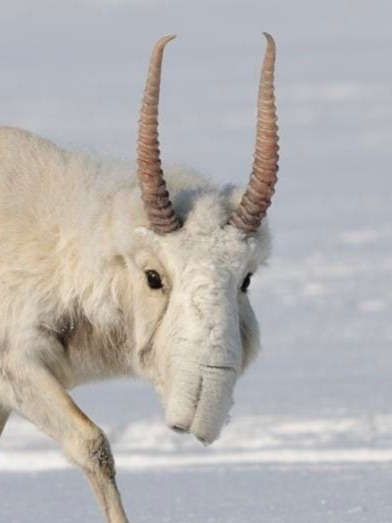
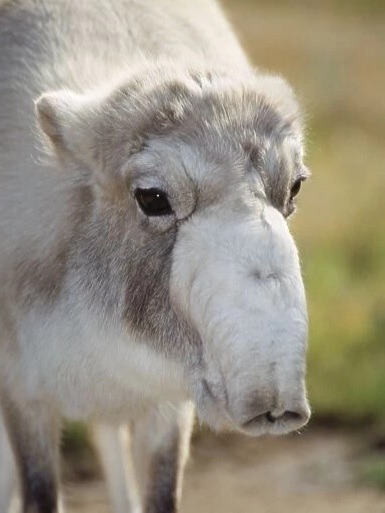
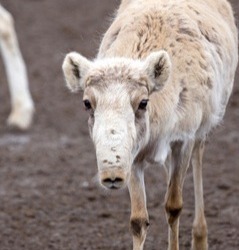

2K notes
·
View notes
Text
The population of giant pandas in the wild has nearly doubled as China steps up its conservation efforts.
China’s National Forestry and Grassland Administration said on Jan 25 there are now around 1,900 pandas in the wild from some 1,100 in the 1980s.
This has been due to China’s efforts to protect the species, considered a national treasure, said Mr Zhang Yue, an official with the administration.
The Giant Panda National Park was established in October 2021, covering a total area of over 22,000 sq km and providing a home to around 72 per cent of the wild giant panda population.
Protected areas for giant pandas have grown from 1.39 million ha to 2.58 million ha since 2012.
The International Union for Conservation of Nature has adjusted the status of giant pandas from “endangered” to “vulnerable”.
“This indicates that China’s giant panda conservation efforts have been recognised by the international wildlife conservation community,” Mr Zhang said.
The global captive population of giant pandas, meanwhile, has now reached 728, with 46 pandas successfully bred in captivity in 2023.
The genetic diversity of captive giant pandas has also improved. The current captive population of giant pandas can maintain 90 per cent genetic diversity for up to 200 years.
As for giant pandas living abroad, Mr Zhang said China has organised field inspections and assessments of 23 overseas cooperation institutions in 19 countries since 2023.
“The cooperation institutions generally meet the requirements in terms of venue construction, feeding and nursing, and disease prevention and control measures,” Mr Zhang said, adding that pandas living abroad are generally “in good health”.
He said China will further improve the international cooperation management mechanism for giant pandas, carry out regular daily health monitoring and field inspection and assessment, and continue to strengthen cooperation with international partners for the protection of endangered species and biodiversity.
-via The Straits Times, January 25, 2024
#panda#panda bear#pandas#china#endangered species#conservation#conservation news#conservation efforts#conservation practices#ecology#wildlife conservation#zoo animals#zoology#wildlife#wild animals#national park#giant panda national park#icun#good news#hope#hopepunk
993 notes
·
View notes
Text

If you are recommending people simply wait for a threatened species to fucking die out completely in order to make money off a property sale I hope you fucking choke
#screaming and crying and throwing up#what is wrong with your brain that you would write this#scrub jay#endangered animals
846 notes
·
View notes
Text
getting emotional over footage of an amateur scuba diver interacting with a coelacanth. they are hunted by large deepwater predators, and here comes a large creature bearing the brightest lights it's ever seen, making strange noises, but it does not shy away. it hovers, calmly, as the diver reaches out and trails a hand down its back. im strongly against the anthropomorphizing of real life animals but the stupid emotional part of me loudly insists this is because it recognizes us, the alternating movements of its four paired limbs matching the diver's four paired limbs, & it is thinking, "hello, cousins, we missed you these 66 million years, it's so good to see you again. welcome back, welcome home."
#[OBLIGATORY DISCLAIMER: he should NOT have touched the fish. do NOT touch random fish you find while scuba diving#especially if the fish is 6ft long & has sharp teeth#ESPECIALLY if the fish is a critically endangered species#being overwhelmed by the majesty of the coelcanth is understandable but that does not excuse his behavior]#[obligatory disclaimer 2: i know nothing about this guy; by 'amateur' i just mean he wasnt part of a scientific expedition at the time]#[obligatory disclaimer 3: i mean it wasnt CALM. its first dorsal fin was erect which we have reason to believe means it is on edge.#but it didnt flee like you would expect of a wild animal]#...disclaimers over. now im going to wail about how life began in the sea and we left & they stayed#& we thought they were gone & now we're finding our way back home to them#they are so beautiful and they are our family and they love us ok. they do i know it in my heart#coelacanth#Latimeria chalumnae#animals#andy original#ALSO I KNOW THEY HAVE 8 FINS by four paired limbs i mean the pelvic and pectoral the others arent paired they dont move like legs do
3K notes
·
View notes